Thursday, 27 January 2022



Stephanie Syjuco
Work from Double Vision.
“…Stephanie Syjuco creates an expansive multimedia installation that transforms images of renowned works from the Carter’s collection and investigates narratives of national identity. Using digital editing, staged photography, and archival excavation to reframe works by Albert Bierstadt, Frederic Remington, and others, Stephanie Syjuco: Double Vision reconsiders mythologies of the American West and reveals how these works and their presentation within a museum can perpetuate colonial lore.
The exhibition, which includes floor-to-ceiling murals digitally reinterpreting two chromolithographs by Bierstadt, draws visitors in, asking us to consider the ways in which artists have participated in developing mythologies of the West. Through new works based on the Carter’s collection, Syjuco’s installation offers a thoughtful consideration of the role of museums in preserving, presenting, and interpreting these works—including details often hidden from public view like photographic and cataloging tools—and the ways in which institutional storytelling perpetuates these narratives. By reflecting on artists’ constructed mythologies of the West and the staging of the artworks within the museum context, Syjuco challenges us to consider what stories we tell about our nation, and what purposes and people they serve.” – Amon Carter Museum of American Art
Tags: history, national identity, redress, reframe, revisit, west
Posted in Uncategorized | Comments Off on Stephanie Syjuco
Wednesday, 26 January 2022





Tarrah Krajnak
Work from Master Rituals II: Weston’s Nudes
“Tarrah Krajnak’s work makes clear reference to the history of photography, on the one hand, and to the artist’s identity as a Latin-American woman, on the other. A sequel to her first critical homage to Ansel Adams, this series is dedicated to another North American “master”, Edward Weston. Krajnak here re-enacts the famous Nudes (shot starting in 1927, and published as a unified work in 1977). She takes the place of models Bertha Wardell and Charis Wilson, reproducing their poses—but also depicts herself as author of the photographs, a remote shutter release in hand. Restoring to the picture what Weston left outside the frame– portions of the model’s body and in particular, her face, whose obliteration tends to make us forget the identity of the two women and participation in the creative process– or emphasizing Weston’s framing choices —what he excluded— using simple wooden panels, Krajnak replays a significant chapter in the history of photography while re-focusing on the role of the female model. Further, she challenges the female stereotypes created and propagated by photography: a white ideal, shaped by male tutelary figures. Through this performative and photographic act, Krajnak affirms her Latin-American identity and her body of color. She creates through her presence and the gesture of image reconstruction a dialogue with her predecessor, Weston, as well as with her contemporary viewers.” – Sonia Voss, Curatorial Statement for the Les Recontres Arles Discovery Award Exhibition.
Tags: body, critique, exclusion, gaze, history, ideal, inclusion, latinx, nude
Posted in Uncategorized | Comments Off on Tarrah Krajnak
Monday, 24 January 2022



Tiona Nekkia McClodden
Work from Be Alarmed: The Black Americana Epic, Movement III
“Be Alarmed: The Black Americana Epic, Movement III – The Triple Deities is the third movement in the Be Alarmed series. Movement III – The Triple Deities is a multimedia installation, and performance that merges art song, exhibition, film, and sculpture to examine the intersubjectivity of Black women within the context of American society and the Diaspora. The Triple Deities draws its inspiration from the art song “Songs To The Dark Virgin” composed by Florence B. Price in 1941 —the first African American woman to have a composition performed by a major American symphony orchestra. The composition takes its name and lyrics from Langston Hughes poem which was written in 1926. The work considers how African American classical musicians historically used the art song form as a critical tool while examining present-day perspectives.
McClodden has collaborated with composer and pianist Courtney Bryan, who has created an original composition for piano as the film’s score that references to Price’s original composition, as well as a range of traditional African American And Diasporic musical genres and styles. Vocalist Joel Dyson performs both the work in its traditional form and alongside Bryan’s new compositions in a live performance that will take place within the installation of the film.” – Tiona Nekkia McClodden
Featuring Performances by;
Danielle Deadwyler
Linda Harris
Ashley Tai
Tiona Nekkia McClodden
Stylist: Pamela Shephard
Composer + Pianist: Courtney Bryan
Vocals: Joel Dyson
Score Recorded at St. Luke’s Episcopal Church and Mixed by LaTasha Bundy in New Orleans, LA
Written, Directed, Edited + Produced by Tiona Nekkia McClodden
***Major support for ‘Be Alarmed: The Black Americana Epic, Movement III – The Triple Deities’ has been provided by The Pew Center for Arts & Heritage, with additional support from The Astraea Global Art fund, and the Ossian Fellowship.
Tags: blackness, epic, race, triple diaries, video
Posted in Uncategorized | Comments Off on Tiona Nekkia McClodden
Tuesday, 11 January 2022






Jasmine Clarke
Work from Shadow of the Palm.
” When I look in the mirror, I want to believe that what I am seeing is an extension of myself even though I know that it isn’t. I’m seeing a reflection (an illusion) of me and my world. I can never quite trust a mirror.
A picture creates a similar false sense of reality. The nature of photography tells us that what we are seeing is true, but it’s not. It is a selective truth, or even a fiction.
One night in Jamaica, as my father and I drove through the mountains, he described a recurring dream: he is in his hometown, Saint Mary’s, at a certain winding road that’s shaped like an N, trying to catch the bus. He misses it and has to run up the mountain through the bush and slide down the other side to catch it. This is his only dream set in Jamaica. He told me as we approached the N. I listened while chewing on my sugar cane. It’s strange hearing about a dreamscape while physically going through it—like déjà vu.
I feel this sense of familiarity driving through my father’s dream. But what’s more overwhelming is the sensation of jamais vu: foreignness in what should be known. The moon you see, the air you breathe, and the flowers you smell are all suddenly unfamiliar. You’ve moved, traveled—maybe even transcended—although you don’t know to where. You look in the mirror and see yourself, but can’t be sure that it’s the same reflection you saw yesterday.
This is why I photograph: to capture a trace of the unexplainable. My pictures are where dreams meet the physical world and earthly things take on higher meaning. I search for the uncanny. I uncover what is hidden. An obscured face, a wet flower, a dark shadow.” – Jasmine Clarke
Tags: friend reccomend, jamaica, memory, recollection, tender, truth
Posted in Uncategorized | Comments Off on Jasmine Clarke
Monday, 10 January 2022




Welly Fletcher
Work from Elephant Shoe.
“I’ve been thinking about elephants a lot- especially their feet. Their low frequency communications travel beneath the ground, and then elephants ”hear” through their feet, along with their ears. Elephant expression of grief is LOUD, STRONG, FULL. We are lucky to overlap with them; we could learn a lot about living by learning to listen better.
I’ve been thinking about queerness, too. What it is today; how my thoughts and perspectives have shifted in my 43 years. How queerness is, for me, a form of resistance, difference, love, non-normative life-being-lived. Queerness is paying enough attention to know what normative is, and what power-structures hold it up, and how I can more intentionally pursue other options, to be active in my dismantling.
We have so much to learn from other ways of living, other types of life. Our particular flavor of human stupidity can be so harmful. Our consciousness can be so unconscious and unconscientious; careless, selfish, with extremely high costs. It hurts to witness, and to be a part of. I turn to elephants, and others, seeking alternate ways forward. I’m a big believer that sculpture, too, can be an antidote to some of the particular dis-eases we suffer from today, through its offering of embodied, intersectional, poetic encounters.
My partner told me that when a person silently says ”elephant-shoe,” it looks a lot like ”I love you.” So, elephant-shoe: elephants, coyotes, fish, birds, insects, rock, metal, trees, clay, di rt – al I these forms of intelligence far (far, far, far) superior to the regular human kind…
And elephant-shoe to you, too. Thanks for witnessing this new work.-” Welly Fletcher
Tags: animal, caring, elephant, kinship, love, non-human, protection, queer
Posted in Uncategorized | Comments Off on Welly Fletcher
Thursday, 6 January 2022
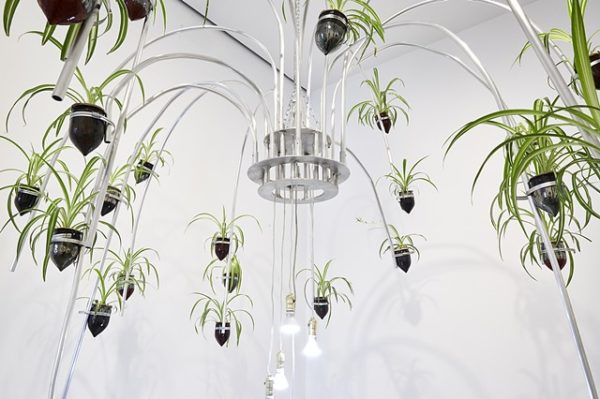


Jeffery Meris
Work from Catch a Stick of Fire.
“Jeffrey Meris’s hanging sculptures, reminiscent of chandeliers, are made of aluminium piping, ceramic vessels, and spider plants. These materials, along with Meris’s shift from working with steel and iron to aluminum, a lighter, and, as Meris says, a more “intimate” metal—often found in domestic spaces for plumbing—can be seen as a metaphor for the shift in the artist’s practice, once centered around conversations of racialized trauma, to one focused on a steadfast devotion to healing, cleansing, and rituals of care.” – James Cohan Gallery
Tags: calder, chandolier, identity, plants, trauma
Posted in Uncategorized | Comments Off on Jeffery Meris
Wednesday, 5 January 2022

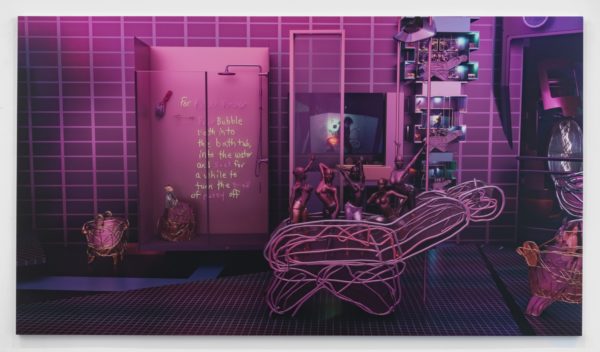


Jacolby Satterwhite
Work from his oeuvre.
“Through performance, video, 3D animation, installation, and sculpture, Jacolby Satterwhite explores themes of memory, desire, and ritual. He is interested in process as a metanarrative: the narrative between past, present, and future, and how that process relates a broad, shared experience. Often using his mother’s drawings as a resource (she created thousands of schematics and inventions centered on consumer culture, medicine, sex, astrology, and philosophy), he propagates her two-dimensional gestures and contextualizes related themes. His visual dialogue reads something like an extraterrestrial journal, a poetic scape where there is no sense of physical place and no parameters of time. Satterwhite’s methods are radical, and the imagery surreal, yet he maintains a visual course of formalist aesthetics and composition.” – Morán Morán
Tags: 3d modelling, big time, new media, queer culture, rendered
Posted in Uncategorized | Comments Off on Jacolby Satterwhite
Tuesday, 4 January 2022

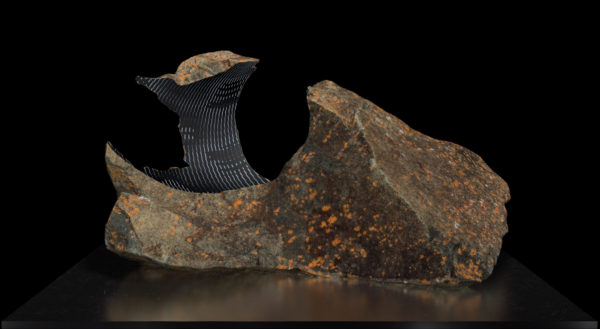


Rick Silva and Nicolas Sassoon
Work from CORES.
It is well worth seeing the videos (that I could not embed without issue) and reading the essay for each fragment.
“Here, on the lithosphere, where the earth meets the sky, there exists a long history of how rocks and stones can be seen as images and can be read as texts. A multitude of worlds has been interpreted through surfaces of stones as they depict worlds.[1] Imaginary or not, they reflect historical events — a vertiginous array of scales, landscapes, and — sometimes — ruined cities. But they also include abstract forms and lines that offer geological points of origin for questions, including those of art and aesthetics. From the poetics of stones to the geological, we are nowadays more likely to count, classify, and catalogue than romanticise: geological surfaces and stratifications are measured and mapped such as in the cartographic codes for lithographic patterns. From sandy and silty dolomite to sandstone and shale, quartzite and granite to igneous rock the surface and subsurface are a slowly-unfolding inscription of different minerals.
The following … fragments are reflections on rocks, technicity, duration, and place evoked by CORES, the series of digital animations featuring 3D-scanned rocks by Rick Silva and Nicolas Sassoon.” – CORES
Tags: animation, digital art, loops, proto nft, rickrules, rocks, seamless loop, teamwork makes the dreamwork
Posted in Uncategorized | Comments Off on Rick Silva and Nicolas Sassoon
Monday, 3 January 2022

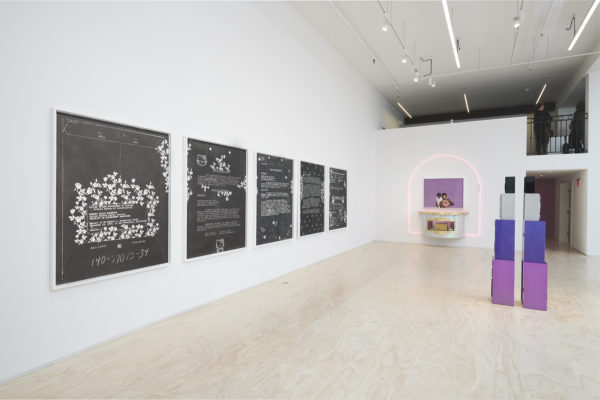

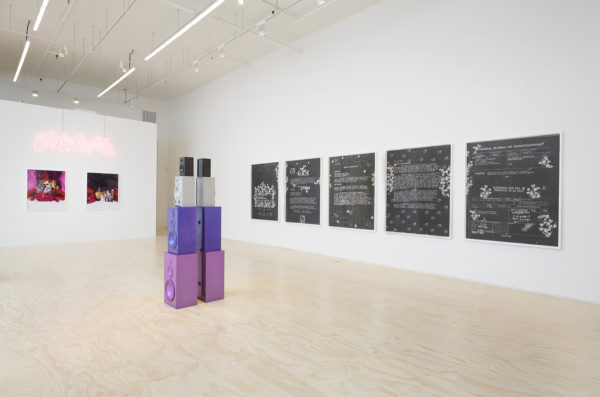
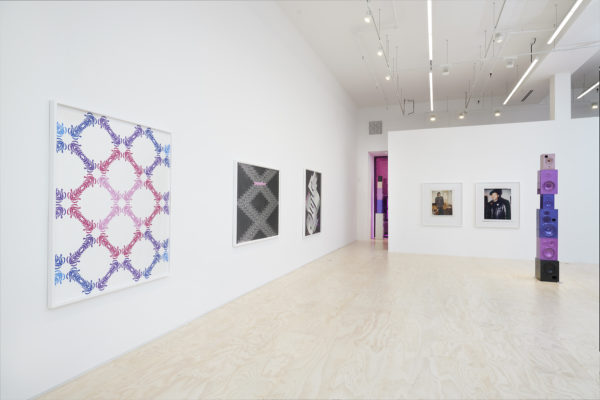
Sadie Barnette
Work from Inheritance.
“This new body of work uses installation, sculpture, photography, wallpaper and large-scale drawing to examine the artist’s familial legacy. Employing archival material–such as the 500-page dossier compiled by the FBI surveilling her father, Rodney Barnette, during his time in the Black Panther Party–the artist wields the personal nature of generational inheritance to inflect international political struggle with urgency, collapsing temporal distinctions of past and present. The solo presentation at the gallery runs simultaneously with the two-venue exhibition, Sadie Barnette: Legacy and Legend, at Benton Museum of Art at Pomona College and Pitzer College Art Galleries, on view until December 18, 2021…” – Jessica Silverman Gallery
Tags: black panther, family, fbi, history, revolution, surveillance
Posted in Uncategorized | Comments Off on Sadie Barnette
Friday, 17 December 2021

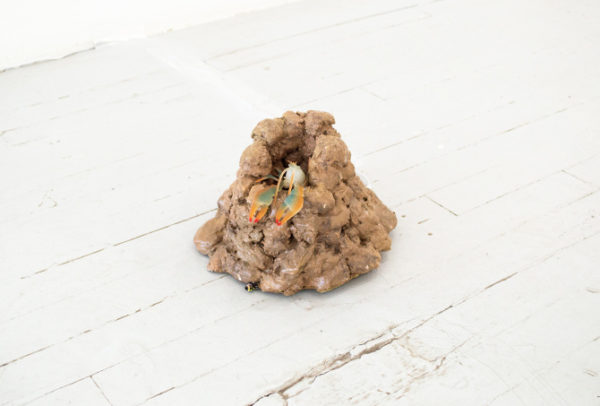




Rachel Youn
Work from their oeuvre.
“Rachel Youn is an artist living and working in St. Louis, MO. They use sculpture and new media to poke fun at hierarchal narratives embedded in objects and lifestyles. Sourcing from home furnishing stores and oriental goods peddled on craigslist, their work collapses notions of authenticity and artifice through the lens of identity” – bio via De:Formal
Tags: artificial, constructed, craigslist, fake plant aesthetics, identity, plants
Posted in Uncategorized | Comments Off on Rachel Youn










































